The Presidential Commission on Election Administration—formed by Executive Order 13639 in response to the long lines witnessed in the 2012 elections, and published in January 2014—has as one of its key recommendations:
Jurisdictions should develop models and tools to assist them in effectively allocating resources across polling places.
The supporting best practice cited in the report reads:
Election officials should keep track of wait times at individual polling places using simple management techniques, such as recording line length at regular intervals during Election Day and giving time-stamped cards to voters during the day to monitor turnout flow.
Qubie is our proposed solution to this problem.
It is a low-cost, open source device that lasts for years, its cost is lower than even the least expensive recommendation (that of printing out and managing stamped cards for a single election, given the cost of poll workers and materials) and it provides features unavailable in any publicly available, privacy-preserving technology:
- detailed privacy-preserving logging of voter wait time for election administrators to analyze and optimize their polling places on Election Day and in postmortem,
- an automatically constructed analytical model of the polling place to determine where the pinch points of its election process are, and
- the ability to help election officials automatically publish the current wait time at all polling places on Election Day.
Qubie is distributed under a 3-clause BSD license, and is available on GitHub at https://github.com/FreeAndFair/Qubie.
 Shpat
Shpat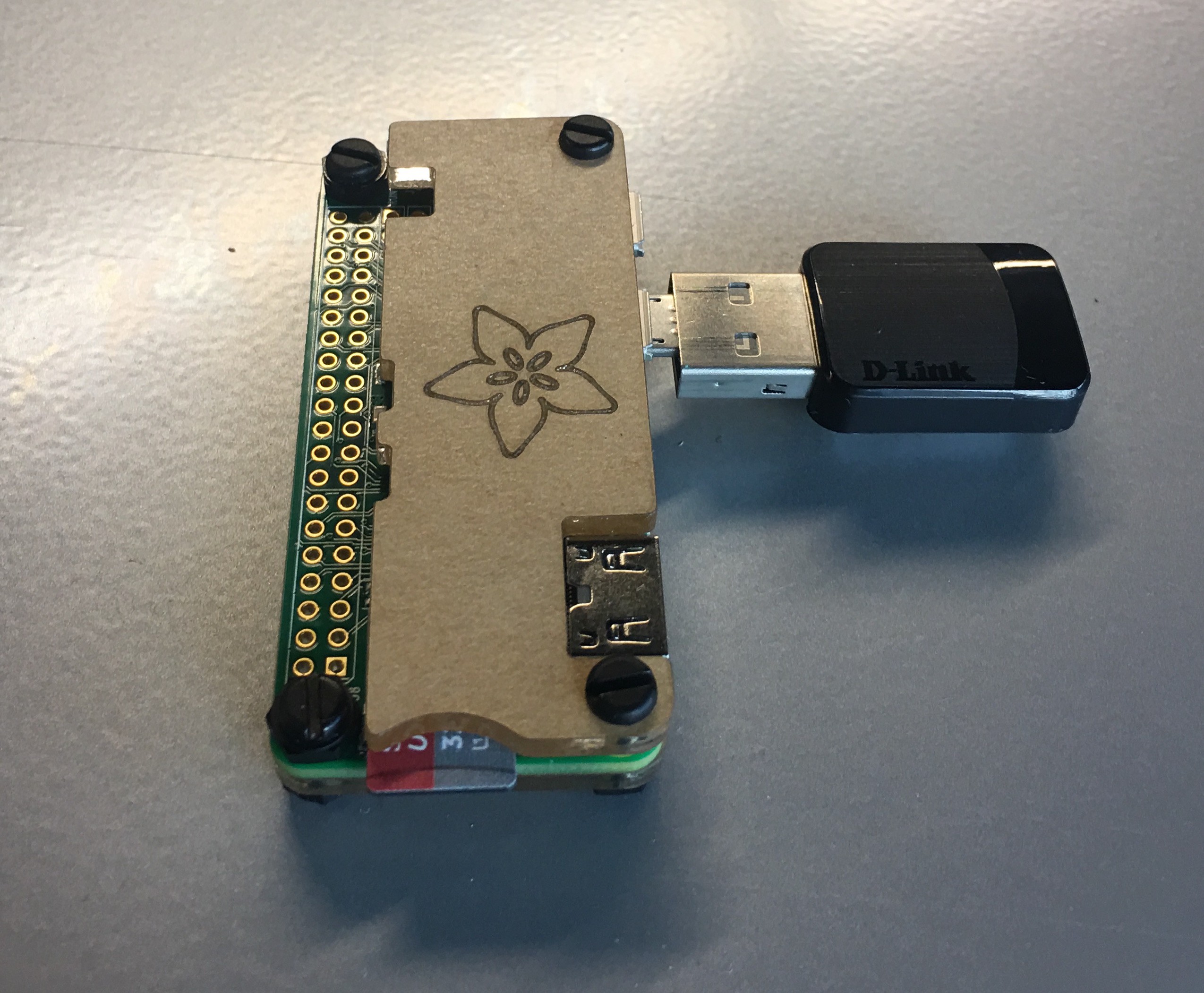
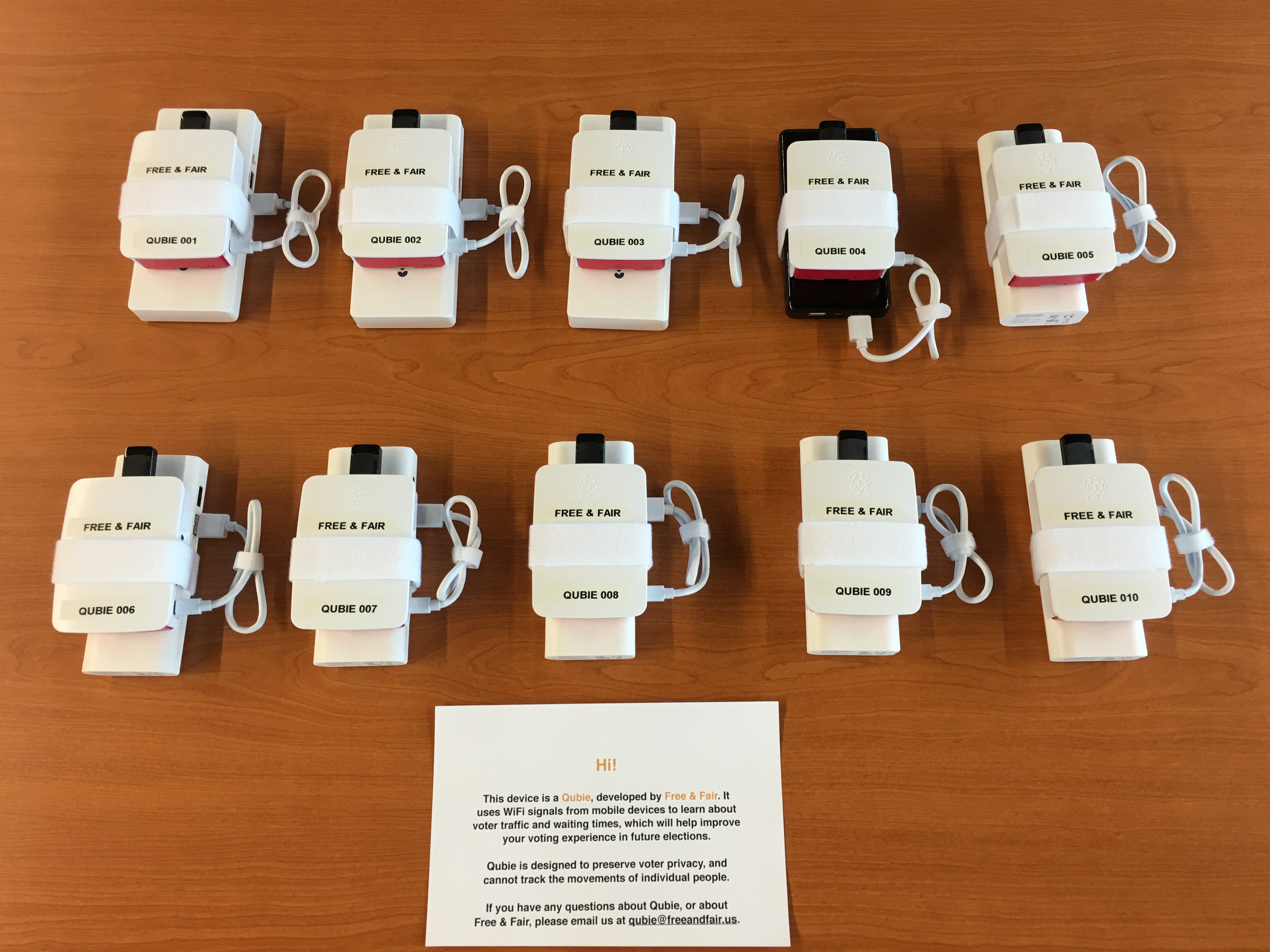
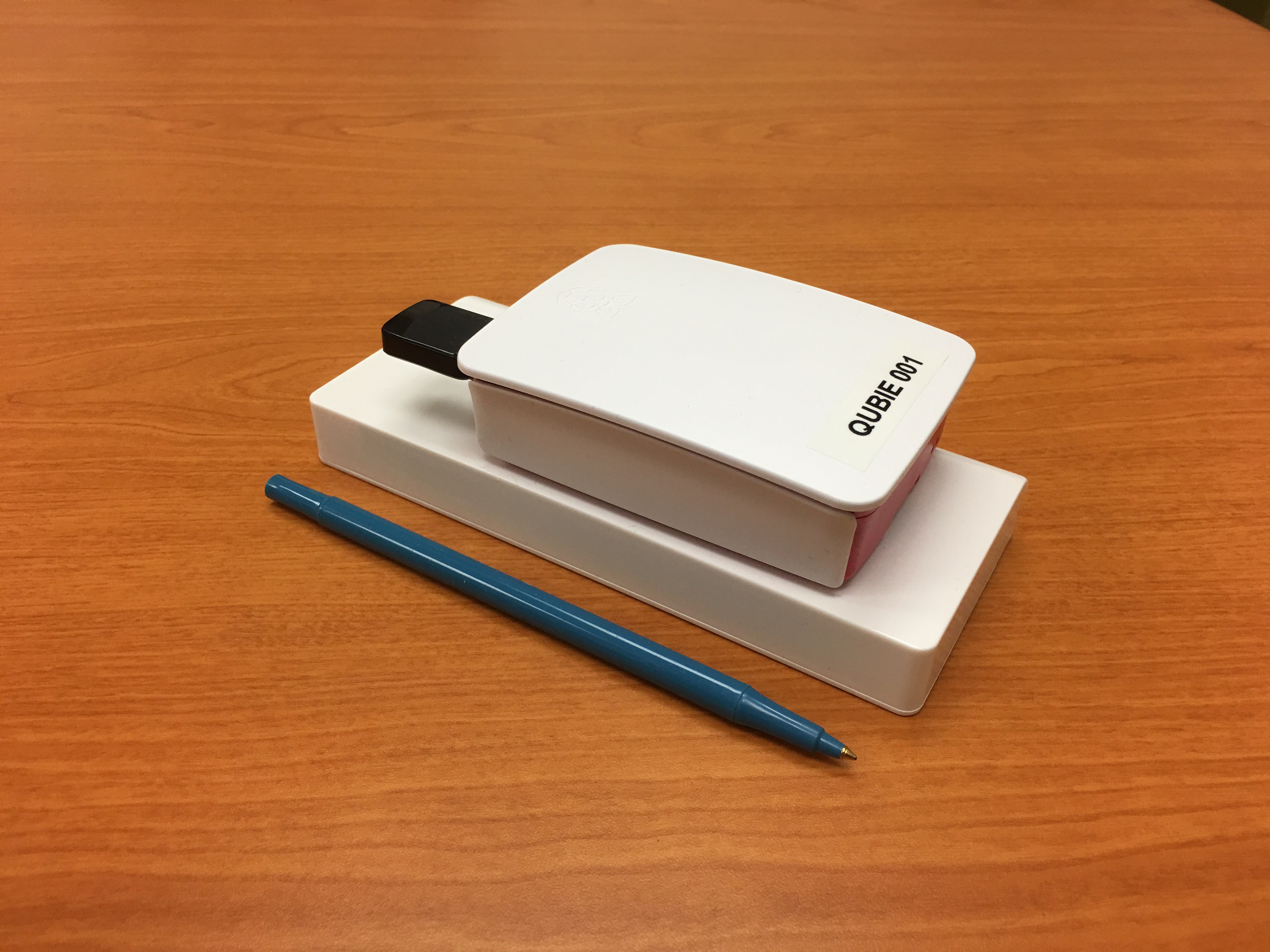
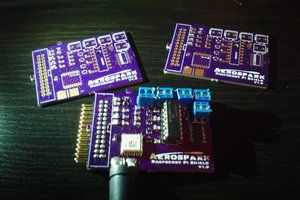
 aerospark
aerospark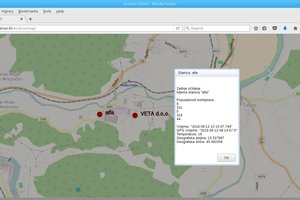
 mikrotron
mikrotron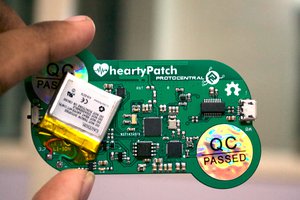
 Ashwin K Whitchurch
Ashwin K Whitchurch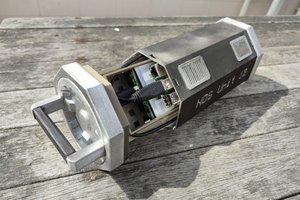
 sdfgeoff
sdfgeoff